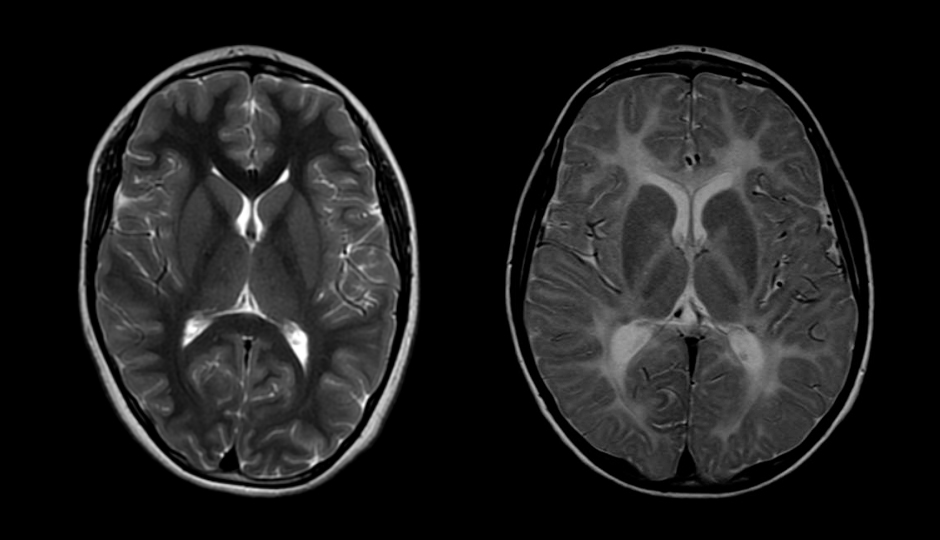Recent medical research is providing a glimmer of hope for children who suffer from leukodystrophies, rare genetic neurodegenerative diseases that affect the brain's white matter (myelin). But the lack of conclusive scientific evidence means that there is still no cure. And there may not be one for many years. In the past decade, the research team led by Dr. Geneviève Bernard at the Research Institute of the McGill University Health Centre has identified three genes involved in 4H syndrome, a common form of leukodystrophy that causes myelin deficiency. According to Dr. Bernard, the discoveries will foster the development of diagnostic tools to better predict the evolution and acuteness of the disease, therapies to treat sick children and diagnostic tests to identify carrier parents.
The discoveries will foster the development of diagnostic tools to better predict the evolution and acuteness of the disease.
The researchers also elucidated the molecular mechanism that causes the defective genes to wreak havoc: a mutation on the child's two copies of the genes (father and mother) stops the cells from producing enough RNA polymerase III. Without this key enzyme, the nerve cells' genetic programming goes haywire. More specifically, the brain does not produce enough myelin, the insulating sheath that protects the neurons. Without protection, the cells become damaged and gradually cause the child to lose mobility, intellectual capacities and the ability to eat and speak. Patients with 4H syndrome are not expected to live beyond childhood.
The genes identified by Dr. Bernard's team, including the third one discovered in 2015, explain 95% of cases of 4H syndrome. Still, the researcher believes that they may find other genes that play a role. Though less common, these genes are among the keys that will unlock the disease.




